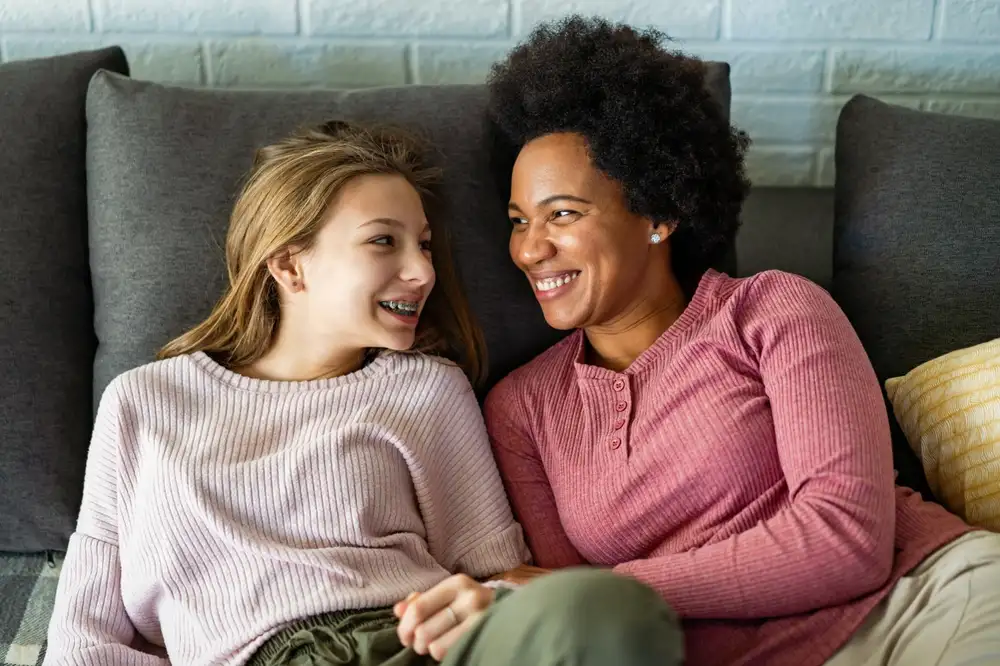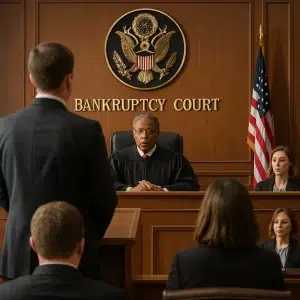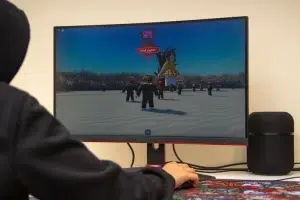By the time Jessica Castillo entered foster care at age 12, she had already learned to expect instability. But as Castillo explains in a Youth Voice article for The Imprint, nothing prepared her for the years that followed, marked by abuse in every placement she lived in, including a foster home investigated multiple times for mistreatment.
Castillo’s experiences shape the way she understands the foster care system today, and they fuel her determination to speak for youth who are still inside it. When Castillo looks at national reports, research, and survivor stories, she sees confirmation of what she already lived: foster care, despite its purpose, often fails to protect the children who depend on it most. And yet, Castillo insists the system is not beyond repair. With awareness, accountability, and community effort, she believes maltreatment can be confronted head-on.
Castillo’s own trajectory shows just how deep the damage can run. She remembers being told by one foster parent, during an investigation, that nobody would ever believe her; being a long-time foster caregiver gave her untouchable authority. Castillo says that message, and the daily abuse she endured, created wounds she carried well into adulthood: abandonment fears so strong they kept her in an eight-year domestic violence relationship, ongoing struggles with insomnia, disordered eating, self-harm behaviors, and the constant fight just to “exist peacefully.”
For Castillo, these personal battles are not separate from the system but rather are a direct extension of it.
The Reality Behind the Numbers
Because Castillo lived the consequences firsthand, she pays close attention to the research. She points to data showing that maltreatment in foster care is not isolated or rare. According to national studies, 63% of foster youth report experiencing abuse in placements, and in more than half of the confirmed non-retrospective cases, the perpetrators were foster parents themselves. Castillo notes that in Oregon and Washington, one-third of former foster youth reported abuse by a caregiver, and investigations in New Jersey found staggering failures in ensuring basic safety. These numbers, Castillo emphasizes, should serve as a wake-up call: maltreatment isn’t an “exception” in foster care; it’s a pattern.
For Castillo, having this statistical context matters because it gives survivors language, validation, and evidence that what happened to them was not their fault, not imagined, and not unique. She believes every community member (not just professionals) should understand the scope of the problem so they can recognize when a child needs help.
Recognizing When a Child Is Being Mistreated
Castillo knows that foster youth rarely report abuse directly. Fear, shame, loyalty to siblings, trauma responses, and threats from caregivers often keep them silent. Because of this, she urges adults to watch for behavioral changes rather than waiting for verbal disclosures. Drawing from Mayo Clinic guidance, Castillo highlights warning signs such as withdrawal, sudden aggression, academic decline, sleep disturbances, anxiety, defiance, self-harm, and frequent absences. She notes that these symptoms can stem from past trauma, but warns that assuming they only come from the past is precisely how current abuse is overlooked.
Castillo’s Reommendations
Based on her own experiences and those of countless youth she has met, Castillo offers concrete steps for adults who suspect a foster child is being mistreated:
● Try talking to the child. Castillo stresses building trust rather than forcing disclosure; some children may not be ready, but gentle consistency can make all the difference.
● Document everything. Dates, quotes, injuries, behaviors, etc. Castillo says documentation was often the missing link in her own case and urges people not to rely on memory.
● Speak to people in the child’s support network. This may include social workers, therapists, attorneys, or guardians ad litem, but Castillo warns that if the abuser is part of that network, the report should be made elsewhere.
● Make official reports. Whether through child protective services, a supervisor, a school, or law enforcement in severe cases, Castillo emphasizes that adults must act even if they are not mandated reporters.
● Don’t give up. Castillo knows firsthand how easy it is for foster children to get lost in stacks of cases and bureaucracy. Persistence, she says, can literally change a child’s life.
After aging out of care, being adopted and then kicked out, and surviving homelessness, Castillo sees clearly how unaddressed childhood trauma follows youth into adulthood. Many issues that communities label as crime, addiction, or “bad behavior” are, she argues, the long-term consequences of harm experienced during the years a child was supposed to be safe.
Castillo believes that if society truly wants less suffering, less violence, and fewer broken adults, it must start by protecting the children who are hurting now. “Hurt people hurt people,” she says, but with compassion, oversight, and accountability, that cycle can be interrupted.
By sharing her story, Castillo hopes that even one foster child will feel less alone, and that even one adult will feel more equipped to stand up for them.
If you or someone you care about has experienced institutional abuse, you are not alone. Learn your legal options and find support in our comprehensive guide.
Read the Institutional Sexual Abuse Lawsuit Guide



